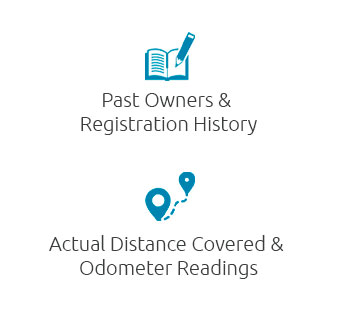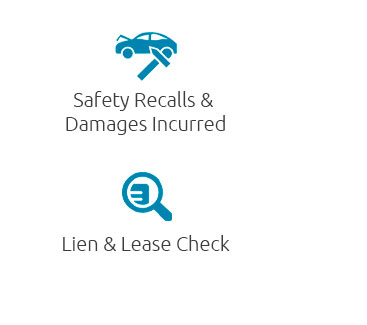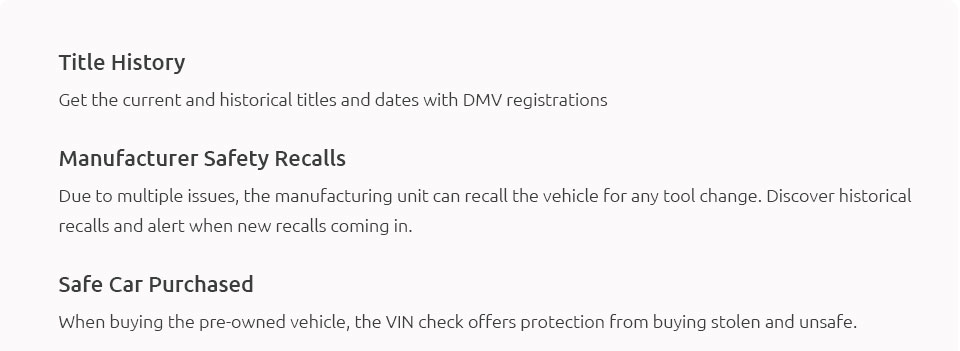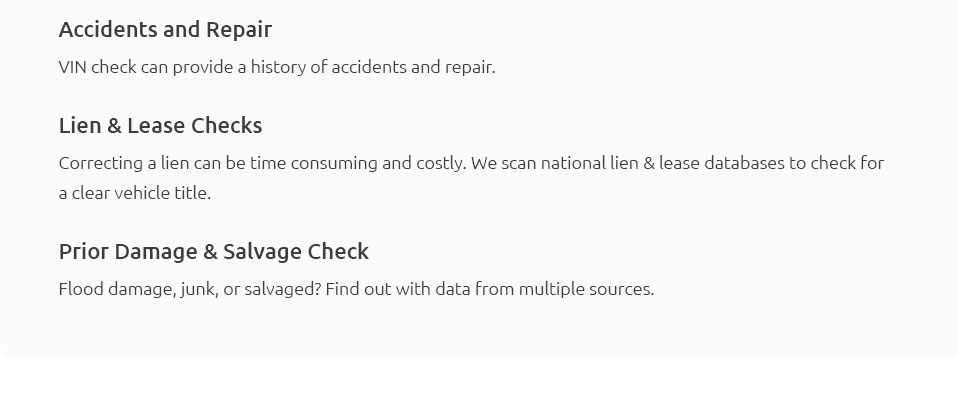 |
 |
 |
 |
 |
||
 |
 |
|
 |
 |
|
 |
 |
 |
 |
||
 |
 |
 |
 |
 |
 |
||||
|
||||
 |
 |
How to Find Out If a Title Has Been TransferredIn the world of vehicle ownership, ensuring that a title has been properly transferred is crucial not only for legal reasons but also for peace of mind. Whether you're buying, selling, or inheriting a vehicle, the title transfer process can be a bit of a labyrinth. However, with the right information and resources, you can navigate it with ease. First and foremost, it's important to understand what a title transfer entails. A vehicle title is a legal document that establishes ownership of a vehicle, and transferring it means officially changing the ownership records from the seller to the buyer. This process involves several steps and varies slightly depending on where you live, but there are some common practices to follow. To begin with, make sure you have all the necessary documents. This typically includes the original title, a bill of sale, and a completed application for title transfer, which you can usually obtain from your local Department of Motor Vehicles (DMV) or equivalent authority. The original title should be signed by both the buyer and the seller. If there's a lien on the vehicle, you'll also need a lien release document. Always verify these documents for accuracy to avoid any complications. Once you have gathered all the required paperwork, the next step is to submit them to the appropriate authority. This is usually done at the DMV, though some areas offer online services that simplify the process. Submitting the documents in person can be advantageous as it allows you to address any issues on the spot. Don't forget to pay the necessary fees associated with the transfer; these fees can vary based on your location and the specifics of the vehicle.
Expert Tip: Always keep copies of all documents related to the title transfer. Having a paper trail can be invaluable if any disputes arise or if additional verification is required later. In addition, staying organized will save time and reduce stress, particularly if any follow-ups are needed. In conclusion, the process of confirming a title transfer doesn't have to be daunting. By staying informed, gathering the right documents, and utilizing available resources, you can ensure a smooth transition of vehicle ownership. As you embark on this process, remember that patience and diligence are your best allies. With these tips in mind, you'll be well-equipped to handle any title transfer scenario with confidence and ease. https://www.reddit.com/r/askcarguys/comments/wrxrv9/freaking_out_a_bit_how_do_i_find_out_if_a_sold/
Is there anyway I can for certain, confirm the vehicle title HAS been transferred out of my name and that there are no red flags / lawsuits or ... https://www.autolist.com/guides/car-title-signed-but-never-transferred
You will have to check the ID of the seller, which will help you compare that information to the information that is on the original title. If ... https://www.quora.com/How-can-I-find-out-if-someone-transferred-a-car-I-sold-them-in-their-name-or-if-they-are-still-driving-it-around-in-my-name
Go the the DMV site online where you believe the car is registered. Put in the info on the car, and it will tell you who it's registered to.
|



